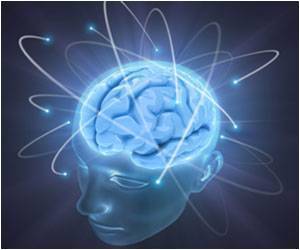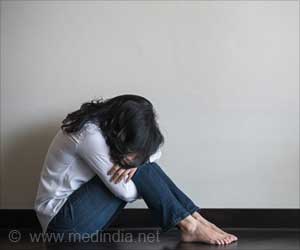The growing burden on mental health care services should be alleviated by developing early identification and low threshold support models.

‘The increase in the number of depression and anxiety diagnoses among adolescents is a burden on health care.’





The share of girls who received a diagnosis was 10 percent in the older and 15 percent in the younger cohort. Whereas for boys, 6 percent in the older cohort and 9 percent in the younger cohort received a diagnosis. The diagnoses were recorded for both cohorts between ages 12 and 18. Quantitatively, the most increased were girls' special health care visits related to diagnoses of depression and anxiety.
Especially the increase in the number of depression and anxiety diagnoses is a burden on special health care. The main form of treatment for both is psychotherapy, the availability of which is limited, notes the main author of the study, Docent David Gyllenberg.
Primary Health Care Needs Early Support Services, Special Health Care More Effective Identification of Suicide Risk.
According to Professor of Child Psychiatry Andre Sourander, leader of the University of Turku research group, the study does not directly indicate an increase in the psychiatric problems of adolescents, even though the findings point out a significant increase in the adolescents' use of mental health care services.
Advertisement
It would be important to examine whether adolescents with a certain diagnosis have received evidence-based treatment.
Advertisement
On the other hand, a significant group of adolescents is currently without special health care, as the service system does not identify adolescents at risk of suicide effectively enough. Less than a third of adolescents who died by suicide had used specialised services in the six months before their death. This finding is in line with previous research results.
Finland a Pioneer in Register Research
The study is part of an extensive research project "Time trend changes of child and adolescent mental health, service use and well-being in multiple Finnish cohorts" funded by the Academy of Finland in 2015-2019 and led by Research Professor Mika Gissler from the National Institute for Health and Welfare (THL). The significance of the results is increased by the reliable national register data and an exceptionally large, cohort-based sample when compared to previous studies.
Finnish researchers are pioneers in the utilisation of register data. By using high-quality register data, the service use of different population groups can be reliably evaluated. This information can be used to develop services and direct resources, says Tiina Ristikari, Senior Researcher of the 1987 and 1997 Finnish Birth Cohort team from the National Institute for Health and Welfare (THL).
Source-Eurekalert









